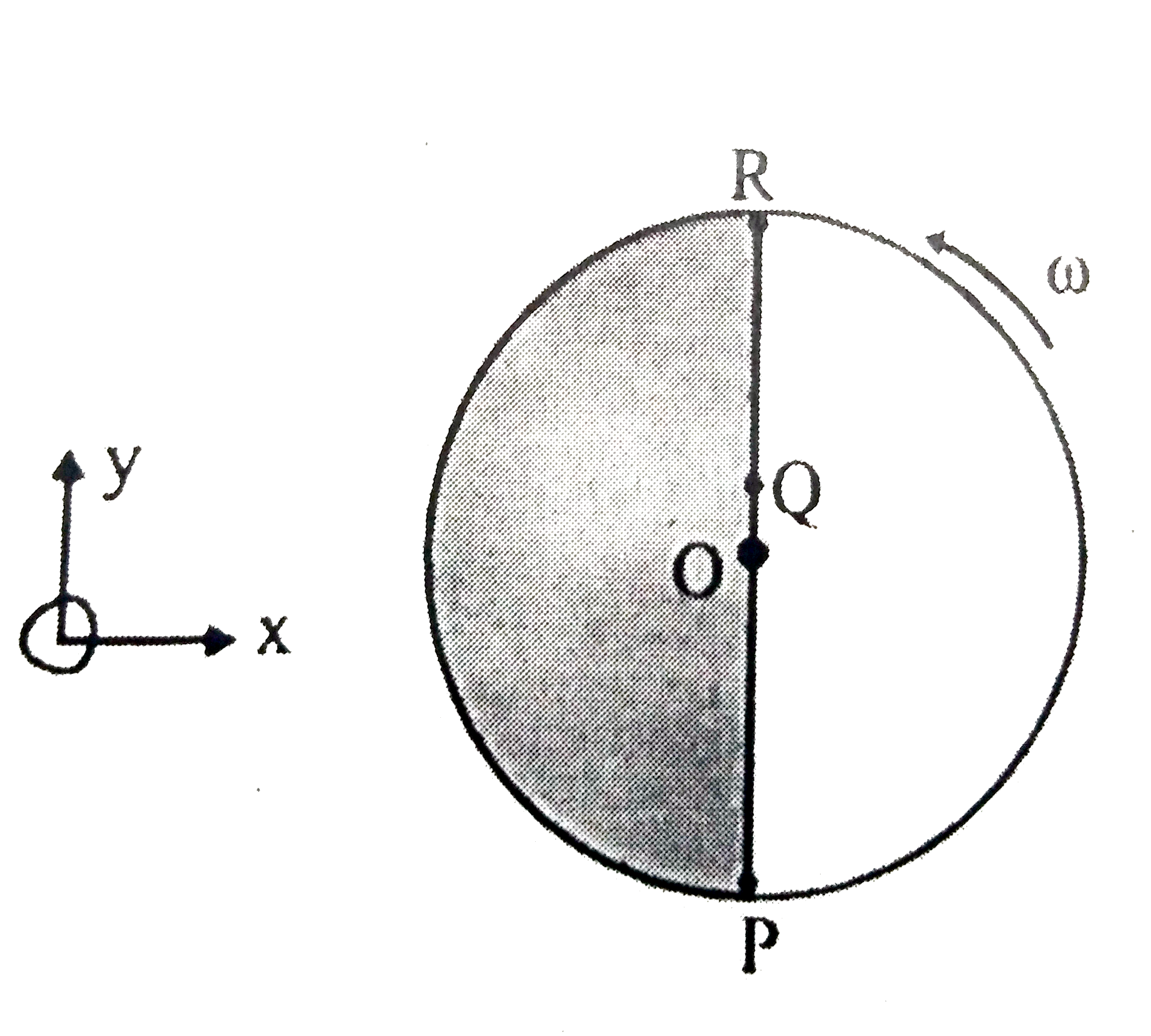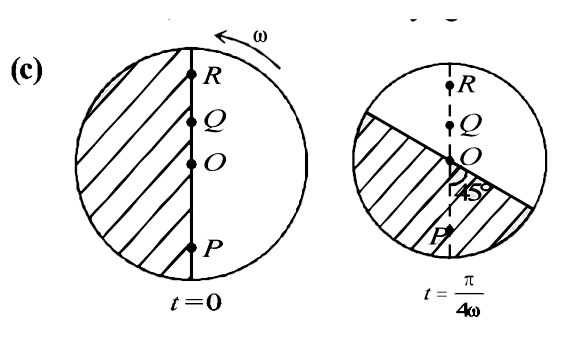A
B
C
D
Text Solution
Verified by Experts
The correct Answer is:
|
Topper's Solved these Questions
MOMENTUM & IMPULSE
SUNIL BATRA (41 YEARS IITJEE PHYSICS)|Exercise JEE Main And Advanced|30 VideosView PlaylistROTATIONAL MOTION
SUNIL BATRA (41 YEARS IITJEE PHYSICS)|Exercise MCQs with one correct answer|1 VideosView Playlist
Similar Questions
Explore conceptually related problems
Knowledge Check
A
B
C
D
Submit
A
B
C
D
Submit
A
B
C
D
Submit
Similar Questions
Explore conceptually related problems
SUNIL BATRA (41 YEARS IITJEE PHYSICS)-MOTION-JEE Main And Advanced
- The velocity - displacement graph of a particle moving along a straigh...
03:01
|
Play - Two identical discs of same radius R are rotating about their axes in ...
03:11
|
Play - Consider a disc rotating in the horizontal plane with a constant angul...
11:14
|
Playing Now - A particle is moving eastwards with a velocity of 5 m//s. In 10 s the...
03:00
|
Play - A particle of mass m moves on the x- axis as follows : it starts fro...
06:34
|
Play - The coordinate of a particle moving in a plane are given by x(t) = ...
11:23
|
Play - A car accelerates from rest at a constant rate alpha for some time, af...
05:34
|
Play - The displacement x of particle moving in one dimension, under the acti...
04:23
|
Play - Answer the following giving reasons in brief : Is the time variati...
01:28
|
Play - Particles P and Q of mass 20g and 40g respectively are simu ltaneously...
03:04
|
Play - Two towers AB and CD are situated at a distance d apart, as shown in ...
07:30
|
Play - Two guns situated at the top of a hill of height 10 m fire one shot ea...
11:57
|
Play - A large , heavy box is sliding without friction down a smooth plane o...
03:31
|
Play - An object A is kept fixed at the point x= 3 m and y = 1.25 m on a pl...
09:21
|
Play - On a frictionless horizontal surface , assumed to be the x-y plane ,...
06:06
|
Play - STATEMENT -1 : For an observer looking out through the window of a fa...
03:17
|
Play - A train is moving along a straight line with a constant acceleration a...
02:49
|
Play - A ball whose kinetic energy is E , is projected at an angle of 45^@ to...
01:57
|
Play - From a building two balls A and B are thrown such that A is thrown up...
03:11
|
Play - A car , moving with a speed of 50 km//hr , can be stopped by brakes af...
07:05
|
Play

